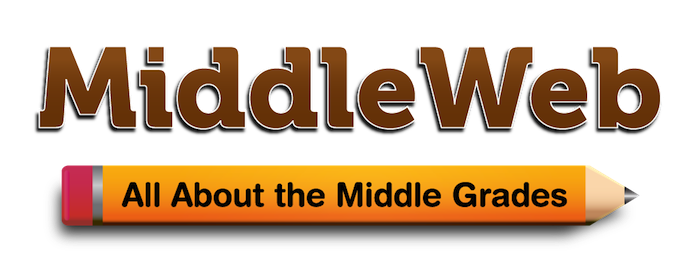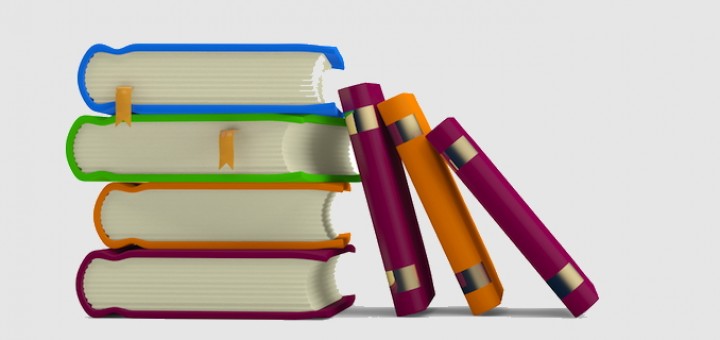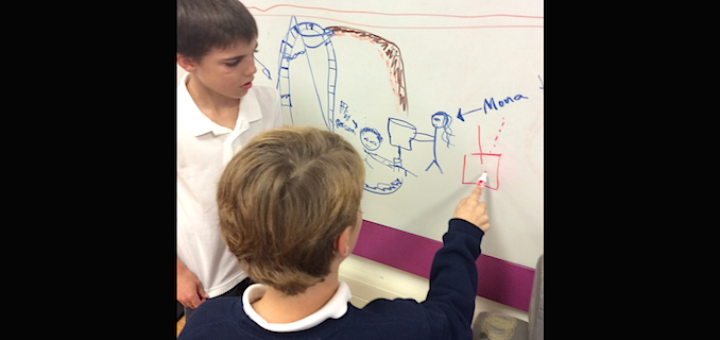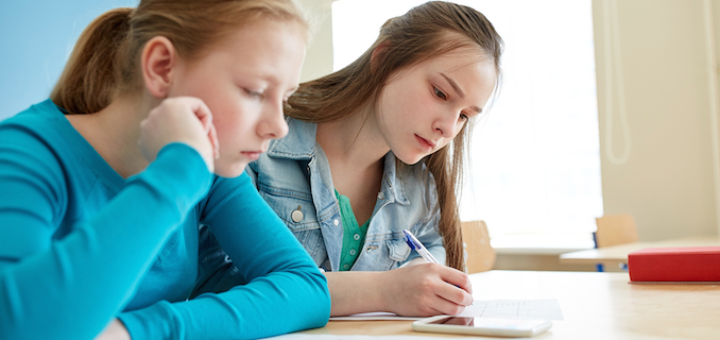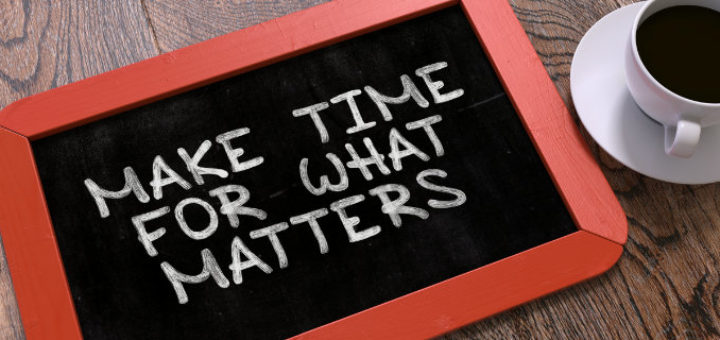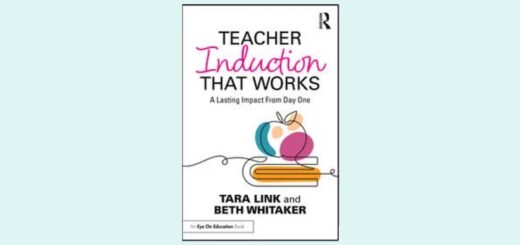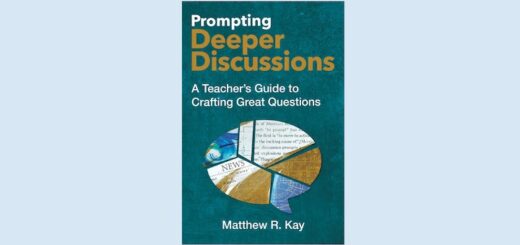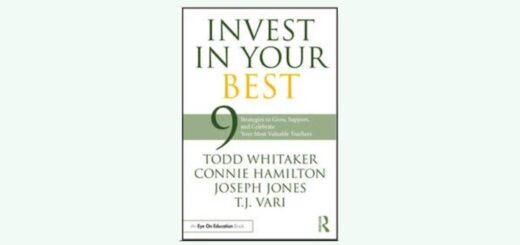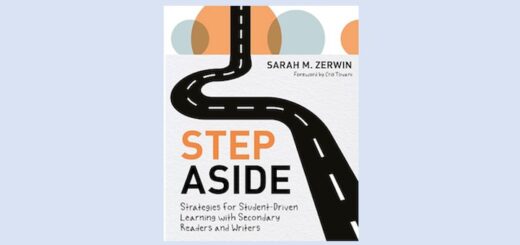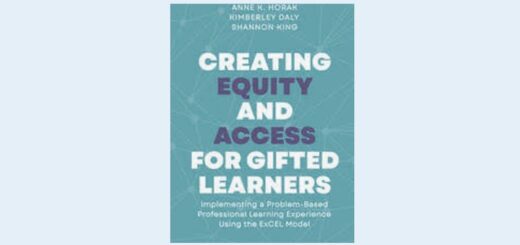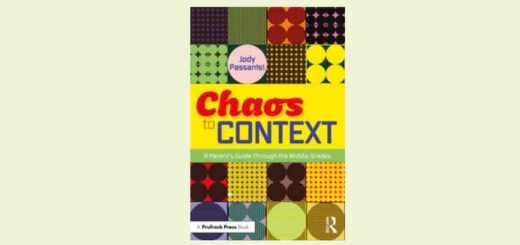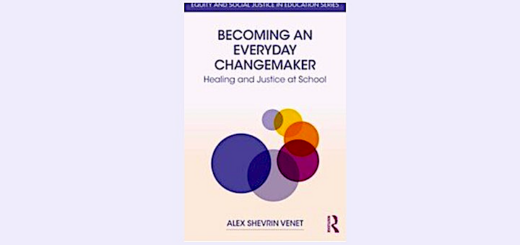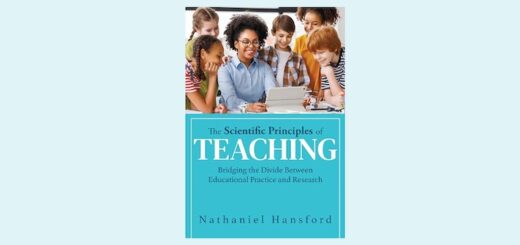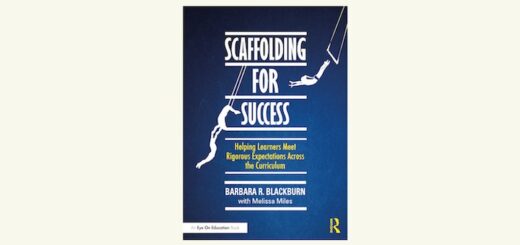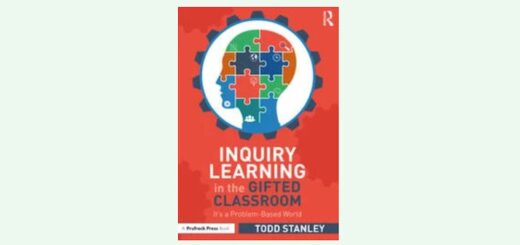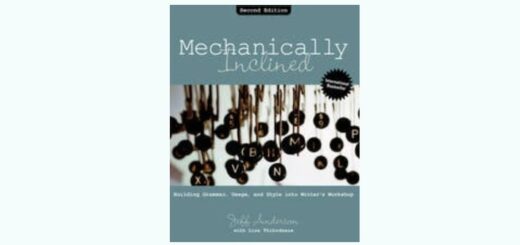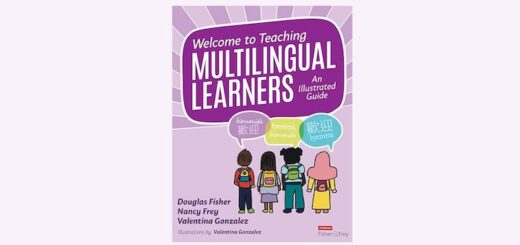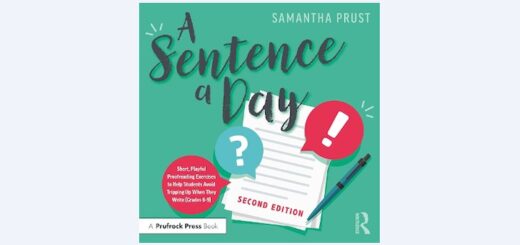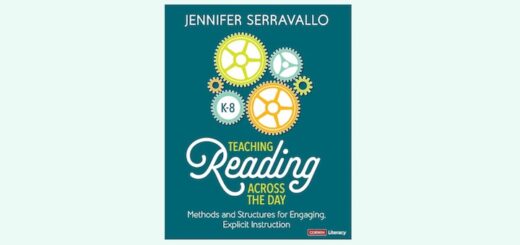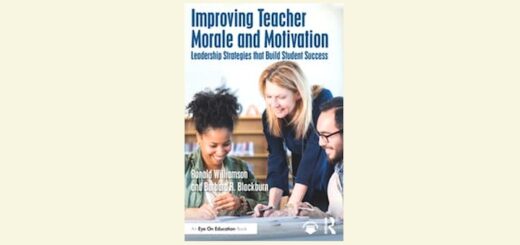Teaching and learning in grades 4-8
In “The Writing Strategies Book” Jennifer Serravallo has pulled together 300 useful writing strategies and lessons, coordinated by grade, genre, and point in the writing process. Serravallo’s well-organized and easy-to-use resource is sure to come in handy right away, says reviewer Kevin Hodgson.
The three small, easy-to-read books in The Cooperating Teacher Series will help standardize practices for the crucial-for-success classroom experience of the student teacher. Mary Langer Thompson says the helpful overview also offers essential specifics.
Why use a PBL approach when designing STEM lessons and programs? The answer may be obvious to PBL champions but for the rest of us, Christa Flores’ exploration of science and STEM teaching in a “making” classroom is a valuable resource, says STEM expert Anne Jolly.
Amber Chandler is pondering testing. Not big league, high stakes exams but the run of the mill end-of-unit kind. When 20 percent of her students stumble over literary terms on The Giver unit test, she opts for a flexible (but controversial) “point buy-back” offer.
Helping students believe in themselves is a critical part of teaching. Consultant Barbara Blackburn shares strategies to help encourage students to reach beyond the limitations they sometimes feel and pursue their dreams. One idea: Write a personal “theme song.”
“Equal parts how-to and shopping list,” teacher Amy Estersohn says Ruth Culham’s Dream Wakers will help any middle grades ELA or social studies teacher add more Latino voices and mentor texts – especially in classrooms with a writer’s workshop teaching approach.
Barbara Boroson offers a useful, comprehensive, summative guide providing positive and proactive strategies to educators who are not familiar with or may not be comfortable yet working with students on the autism spectrum, says SpEd veteran Carrielynnn O”Reilly.
Weber, Crane and Hierck provide many charts, examples and resources that can be instantly adopted, adapted, or enhanced for a school or district RTI process in middle school math. Instructional coach and interventionist Kim Schneider offers her highest praise.
When students blend multimedia elements into their writing projects, interest and engagement can zoom up, writes teacher-author Sean Ruday. Ruday highlights a five-step process he uses in PD workshops to help teachers make the tech meaningful and not maddening.
As Michelle Russell revisits her start-of-school teaching goals, she decides to focus the New Year on building deeper connections with her students. Her strategies: use personal surveys and follow-up chats; glean more from parents, and confer to set challenge goals.
